By TRUE WORLD CHRONICLE MAG Health Research Team
Estimated Reading Time: 18 minutes
The Biology of Hair Loss
Hair loss affects over 60% of men and 40% of women worldwide, according to dermatological data from the American Academy of Dermatology (AAD). While genetics plays a major role, nutrient deficiencies, hormonal imbalance, inflammation, and autoimmune disorders are equally important culprits.
Unlike expensive serums or transplants, your diet plays a biological role in whether your hair weakens—or thrives.
Your hair follicles are living mini-organs that depend on oxygen, iron-rich blood, amino acids, and vitamins to produce keratin, the structural protein that makes hair strong.
Section 1: Understanding the Hair Growth Cycle
Each hair strand on your head goes through three main phases:
-
Anagen (Growth Phase):
Lasts 2–7 years. Nutrients like sulfur amino acids, iron, and zinc directly fuel this stage. -
Catagen (Transition Phase):
A brief two-week phase when hair detaches from the blood supply. -
Telogen (Resting/Shedding Phase):
Old hair falls out to make way for new growth.
A nutrient-poor diet accelerates the transition from Anagen → Telogen, leading to thin, weak hair and eventual shedding.
Section 2: Sulfur Amino Acids — The Structural Foundation of Hair
Hair is 95% keratin, a protein built primarily from sulfur-rich amino acids such as cysteine and methionine.
These amino acids strengthen disulfide bonds — the crosslinks that give your hair elasticity and durability.
Top sources:
-
Eggs – especially the yolk, rich in cysteine and biotin
-
Beef – complete amino acid profile
-
Fish (especially salmon) – contains both amino acids and fatty acids for scalp hydration
🔬 Scientific Evidence:
A 2018 study in Clinical, Cosmetic and Investigational Dermatology found that women with hair thinning had significantly lower plasma cysteine levels, highlighting how vital sulfur amino acids are for maintaining hair density.
Section 3: Vitamin D — The Follicle Activator
Vitamin D receptors are present in hair follicle stem cells. Without enough vitamin D, these cells remain dormant, leading to a form of hair loss known as telogen effluvium.
Best source:
🐟 Fatty fish like salmon, mackerel, and sardines
A 2020 meta-analysis in Dermato-Endocrinology confirmed that individuals with alopecia areata (autoimmune hair loss) often had deficient vitamin D levels. Restoring vitamin D helps stimulate new follicle activity and maintain scalp homeostasis.
- Read more on vitamin D ....23 Unusual Symptoms of Vitamin D Deficiency You Probably Never Connected
Section 4: Iron — Fuel for Hair Follicle Oxygenation
Iron carries oxygen through hemoglobin in red blood cells, delivering essential nutrients to the scalp.
When iron is low, your follicles are starved of oxygen, leading to miniaturized hair and slow regrowth.
Sources:
-
Salmon and tuna (heme iron, highly absorbable)
-
Spinach and lentils (non-heme iron; absorption improved with vitamin C)
⚕️ Pro tip: Combine iron-rich foods with vitamin C sources like bell peppers or citrus fruits to boost absorption by up to 67%, according to The American Journal of Clinical Nutrition.
Section 5: Vitamin C — The Collagen and Iron Booster
Vitamin C does double duty in hair growth:
-
It helps synthesize collagen, a protein vital for scalp elasticity and hair shaft strength.
-
It enhances iron absorption from plant and fish-based sources.
Top vitamin C foods for hair:
-
Bell peppers (red and yellow) – more vitamin C than oranges
-
Kiwis and strawberries – strong antioxidant defense
-
Broccoli and spinach – provide vitamin C and folate simultaneously
🌿 Fun fact: 100g of red bell pepper has 3x more vitamin C than a whole orange.
Section 6: Zinc — The Follicular Repair Mineral
Zinc deficiency leads to brittle hair, dryness, and shedding, especially around the crown area. It regulates DNA replication, critical for rapid follicle cell division.
Top food source:
-
Salmon (rich in zinc and omega-3s)
-
Oysters and beef (highest zinc density)
-
Pumpkin seeds (plant-based option)
A 2021 study published in Biological Trace Element Research confirmed that individuals with chronic hair shedding had lower serum zinc levels compared to healthy controls.
- Read more about Zinc....Zinc Deficiency: The Silent Problem That Wrecks Your Health Before You Even Notice
Section 7: Biotin — The Keratin Synthesizer
Biotin (vitamin B7) is a coenzyme responsible for fatty acid metabolism, which nourishes the scalp and helps produce keratin.
Deficiency results in fragile, thin, and slow-growing hair.
Biotin-rich foods:
-
Egg yolks
-
Salmon
-
Nuts and seeds
-
Sweet potatoes
💡 Note: Over-supplementing with biotin isn’t necessary if your diet is balanced. Whole foods provide enough for healthy hair without side effects.
Section 8: Folate — Cellular Regeneration for New Hair Growth
Folate (vitamin B9) supports DNA and RNA synthesis—key for regenerating follicle cells. Without folate, follicles struggle to divide and renew.
Rich sources:
-
Dark leafy greens like kale, spinach, and romaine lettuce
-
Asparagus, lentils, and avocados
According to the National Institutes of Health (NIH), a folate-deficient diet can lead to premature greying and delayed hair regeneration.
Section 9: Selenium — The Autoimmune Protector
Selenium acts as an antioxidant shield, defending follicles from oxidative stress. It’s especially vital in autoimmune-related hair loss, including alopecia areata.
Best natural source:
-
Brazil nuts – just 2–3 nuts meet your daily requirement
-
Seafood – sardines, tuna, and halibut
Research published in Frontiers in Endocrinology (2022) found that selenium supports thyroid hormone regulation, which directly influences hair thickness and growth rate.
Section 10: The Ultimate Hair-Growth Meal — Backed by Science
🥗 Main Meal: Grilled Salmon Salad with Brazil Nuts
Ingredients:
-
150g wild-caught salmon (vitamin D, iron, zinc, biotin)
-
1 cup spinach and kale mix (folate, vitamin C)
-
½ red bell pepper (vitamin C and antioxidants)
-
2 Brazil nuts (selenium)
-
1 tbsp olive oil (healthy fats to improve absorption)
-
Lemon juice (vitamin C and freshness)
Why this works:
This combination activates all major pathways for hair follicle growth, iron transport, keratin production, and immune balance.
Section 11: The Science of Hair Autoimmunity (Alopecia Areata)
In conditions like alopecia areata, your immune system mistakenly attacks hair follicles. Selenium, zinc, and vitamin D help modulate immune cell activity, calming the attack and allowing regrowth.
A 2023 review in the Journal of Immunology Research highlighted that individuals who received balanced micronutrient therapy showed a 37% improvement in hair regrowth compared to placebo.
Section 12: Why Diet Beats Supplements for Hair Regrowth
While supplements can help, whole foods provide cofactors—enzymes, fibers, and phytonutrients—that make absorption more effective.
For example:
-
Iron from salmon is absorbed better with vitamin C from bell peppers.
-
Selenium from Brazil nuts works synergistically with zinc for immune regulation.
-
Folate and vitamin C together accelerate cell turnover in the scalp.
Section 13: Lifestyle and Hormonal Factors That Affect Hair
To make dietary changes work, address lifestyle factors that suppress hair regrowth:
-
Chronic stress – elevates cortisol, shrinking follicles.
-
Sleep deprivation – slows cellular repair cycles.
-
Tight hairstyles and heat damage – cause traction alopecia.
-
Smoking and alcohol – reduce oxygenation and collagen synthesis.
🧘 Solution: Adopt anti-inflammatory habits such as yoga, 7–8 hours of sleep, hydration, and scalp massage to enhance circulation.
Section 14: Hair Growth Timeline — What to Expect
-
Month 1–2: Reduced shedding, improved scalp texture.
-
Month 3–4: New baby hairs visible near hairline.
-
Month 5–6: Stronger hair shafts, improved thickness.
-
Month 6+: Significant density improvement and shine.
Consistency is key. Hair follicles operate on long cycles, and real regeneration requires sustained nutrition and stress balance.
Section 15: Final Thoughts — Eat Smart, Grow Strong
The best meal to stop hair loss isn’t a secret supplement or expensive oil—it’s a nutrient-dense combination of salmon, leafy greens, bell peppers, and Brazil nuts.
Together, these foods rebuild the molecular architecture of your hair, protect follicles from autoimmune damage, and promote long-term scalp health.
Summary Table of Hair Growth Nutrients
| Nutrient | Function | Top Food Source |
|---|---|---|
| Sulfur Amino Acids | Keratin structure | Eggs, Fish |
| Vitamin D | Follicle activation | Salmon |
| Iron | Oxygenation | Fish, Greens |
| Vitamin C | Collagen, Iron absorption | Bell peppers |
| Zinc | Cell division | Salmon, Seeds |
| Biotin | Keratin synthesis | Eggs, Salmon |
| Folate | DNA synthesis | Spinach, Kale |
| Selenium | Autoimmune regulation | Brazil nuts |
References
-
American Academy of Dermatology Association (AAD), 2024.
-
Clinical, Cosmetic and Investigational Dermatology, 2018.
-
Dermato-Endocrinology, 2020.
-
Biological Trace Element Research, 2021.
-
Frontiers in Endocrinology, 2022.
-
Journal of Immunology Research, 2023.
✅ Key Takeaway
A single well-balanced meal can reprogram your hair follicles from the inside out.
Start today with a nutrient-packed plate — your scalp will thank you in six months.
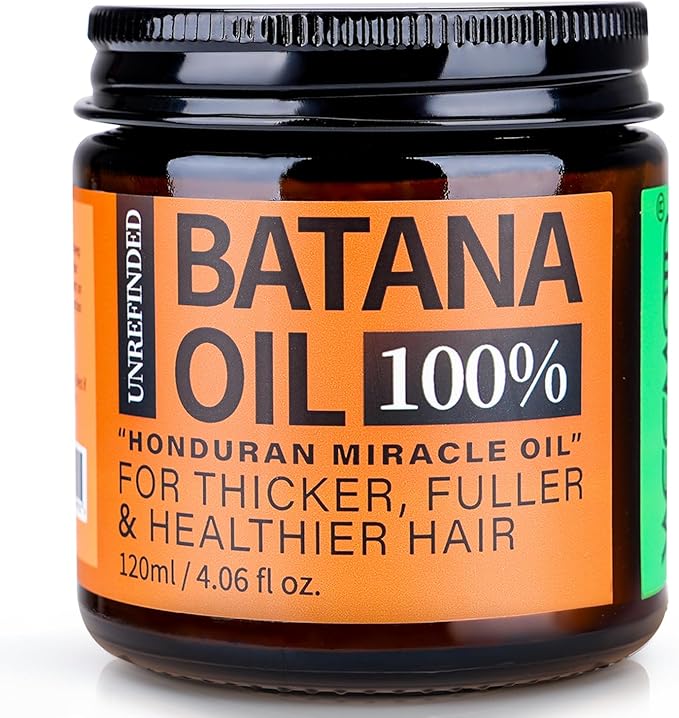
WEEMOTD Unrefined Batana Oil – 4.06 fl oz
Deal Price: $19.98
Pure, nutrient-rich Batana oil that deeply nourishes hair and scalp. Reduces dryness, frizz, and tangles, while promoting healthier hair growth. Suitable for all hair types.
Buy on Amazon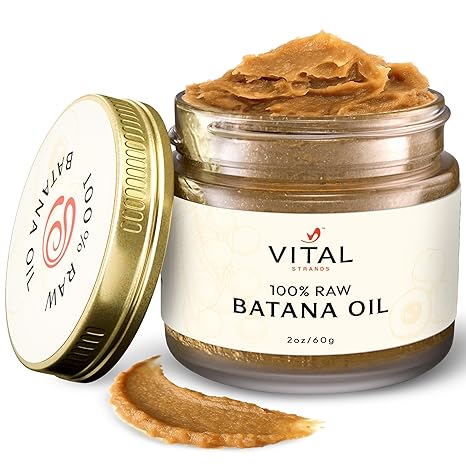
Vital Strands 100% Organic Raw Batana Oil – 2oz
Deal Price: $23.99
100% raw, unrefined Batana oil from Honduras. Strengthens hair, restores edges, deeply nourishes scalp, and adds non-greasy shine. Suitable for all hair types.
Buy on Amazon















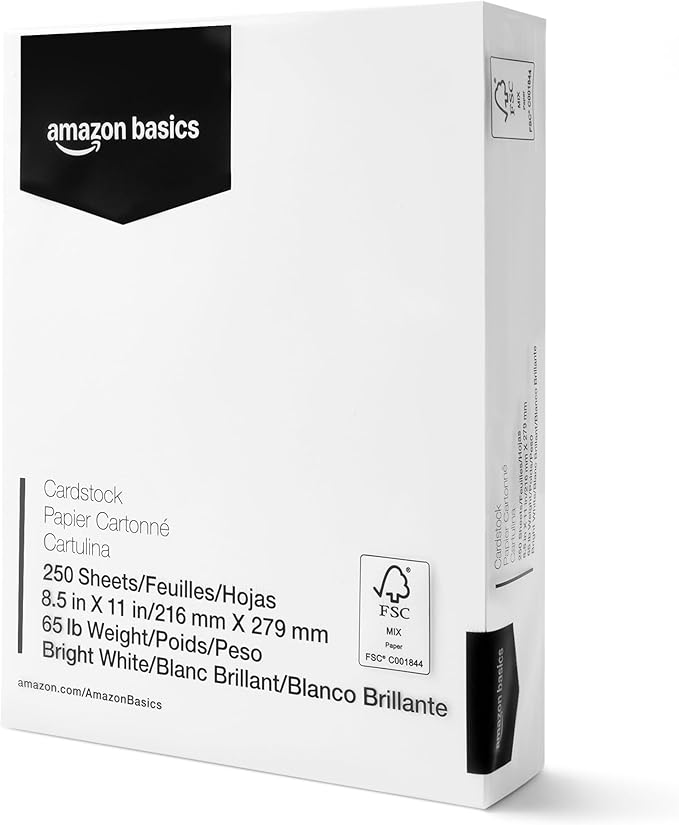







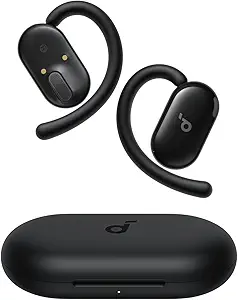

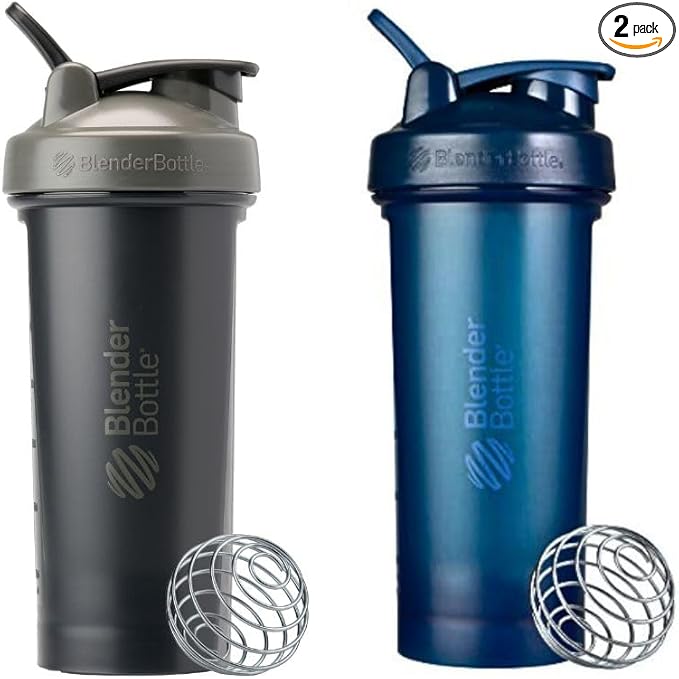











0 Comments